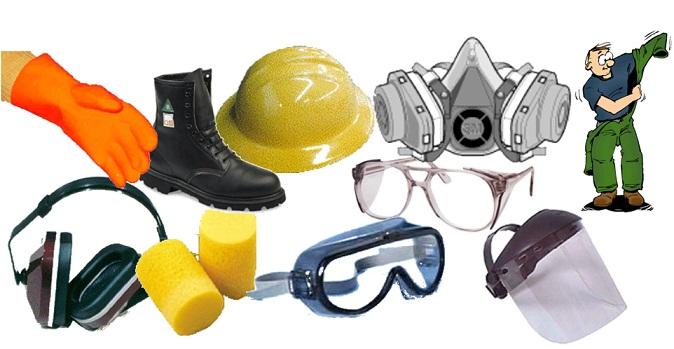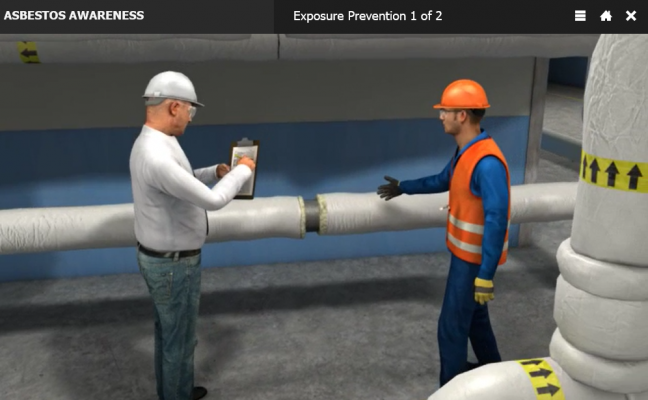The Importance Of Wearing Appropriate Protective Clothing And Equipment (ppe), And Keeping The Work Area Safe And Tidy
Personal protective equipmentPersonal protective equipment – known as ‘PPE’ – is used to protect health care workers while performing specific tasks that might involve them coming into contact with blood or body fluids that may contain some infectious agents (germs).It includes many of the items often associated with health care by the public – gowns, gloves and masks. These items will be for single-use only – that is, you MUST use them once and then discard them – while others are retained, cleaned and reused. Symbol for identifyingsingle use objectsThis is crucial, because PPE will only protect you and others from harm if you are able to put it on, use it, remove it and dispose of it in the correct manner.

Getting it wrong at any of these stages can lead to germs being passed on.We’ll look at the various into which PPE and other items are placed in the next section.But the first question you need to be able to answer is – when do I need to wear PPE?The short answer is that your employer will have procedures, policies and protocols in place that will tell you. Some of these are national, so all health care settings will be working to them, while others are local and are designed to meet particular challenges in your workplace.We will look at in the section, but for now, if you are unsure about whether you need to wear PPE or not, ask a registered member of staff to go through the local procedures, policies and protocols with you. What is personal protective equipment (PPE)?The following are common items of PPE that you’ll find in most health care settings and care homes:.
disposable gloves. disposable plastic aprons.There are other items of PPE that you may be asked to use on occasion in your workplace – you will be advised about this by your manager or supervisor. Disposable glovesDisposable gloves should only be worn if you’re performing or assisting in a procedure that involves a risk of contact with body fluids, broken skin, dirty instruments and harmful substances such as chemicals and disinfectants. Gloves should not be routinely used or put on ‘just in case’. This is dangerous for the patient/client as you will not be able to wash your hands when you are wearing gloves.
Gloves need to be used in specific circumstances only. /. All posts displayed','infiniteblogtext':' Loading the next set of posts.' ,'portfolioloadingtext':' Loading Portfolio Items.' ,'faqsloadingtext':' Loading FAQ Items.'

Personal Protective Equipment In Hospital
You are here:Personal Protective Equipment (PPE).Need for PPEPersonal protective equipment, or PPE, is designed to provide protection from serious injuries or illnesses resulting from contact with chemical, radiological, physical, electrical, mechanical, or other hazards. Careful selection and use of adequate PPE should protect individuals involved in chemical emergencies from hazards effecting the respiratory system, skin, eyes, face, hands, feet, head, body, and hearing. No single combination of protective equipment and clothing is capable of protecting against all hazards. Thus PPE should be used in conjunction with other protective methods, including exposure control procedures and equipment.PPE SelectionThe onsite incident commander will define the PPE ensemble required based on the conditions at the scene. For first receivers and hospitals, PPE selection is based on the institution's chemical emergency procedures.
Guidance used for selecting appropriate PPE for chemical emergencies is available. For First Responder - (OSHA, NIOSH, April 2005). For Hospital Providers - (PDF - 1.93 MB) (OSHA, January 2005)Levels of PPEPersonal protective equipment is divided into four categories based on the degree of protection afforded. Level A protection should be worn when the highest level of respiratory, skin, eye and mucous membrane protection is needed.
A typical Level A ensemble includes:. Positive pressure (pressure demand), self contained breathing apparatus (SCBA) (NIOSH approved), or positive-pressure supplied air respirator with escape SCBA. Fully encapsulating chemical protective suit. Gloves, inner, chemical resistant.
Free Ppe Toolbox Talk
Gloves, outer, chemical resistant. Boots, chemical resistant, steel toe and shank; (depending on suit boot construction, worn over or under suit boot.). Level B protection should be selected when the highest level of respiratory protection is needed, but a lesser level of skin and eye protection is needed. Level B protection is the minimum level recommended on initial site entries until the hazards have been further identified and defined by monitoring, sampling, and other reliable methods of analysis, and equipment corresponding with those findings utilized.